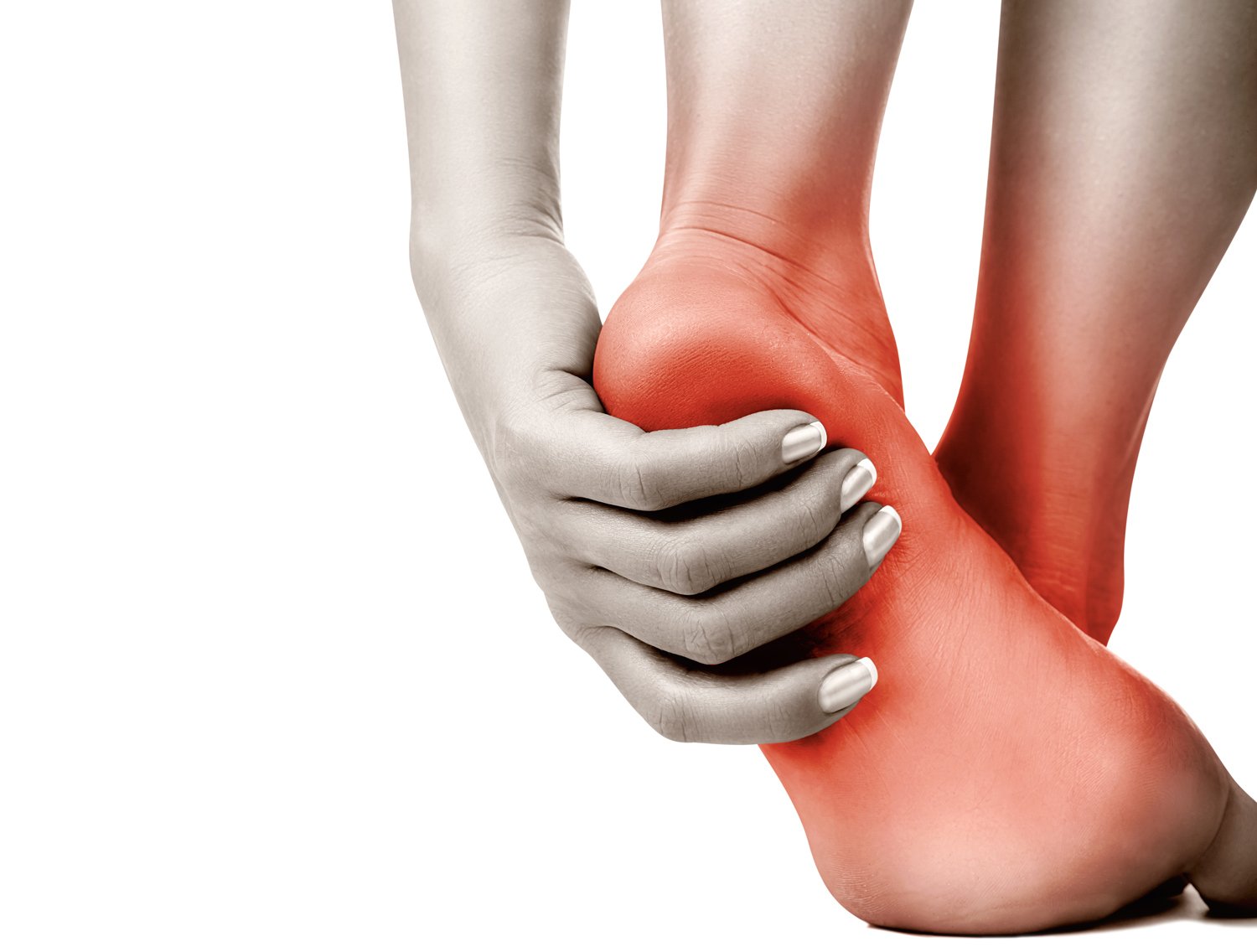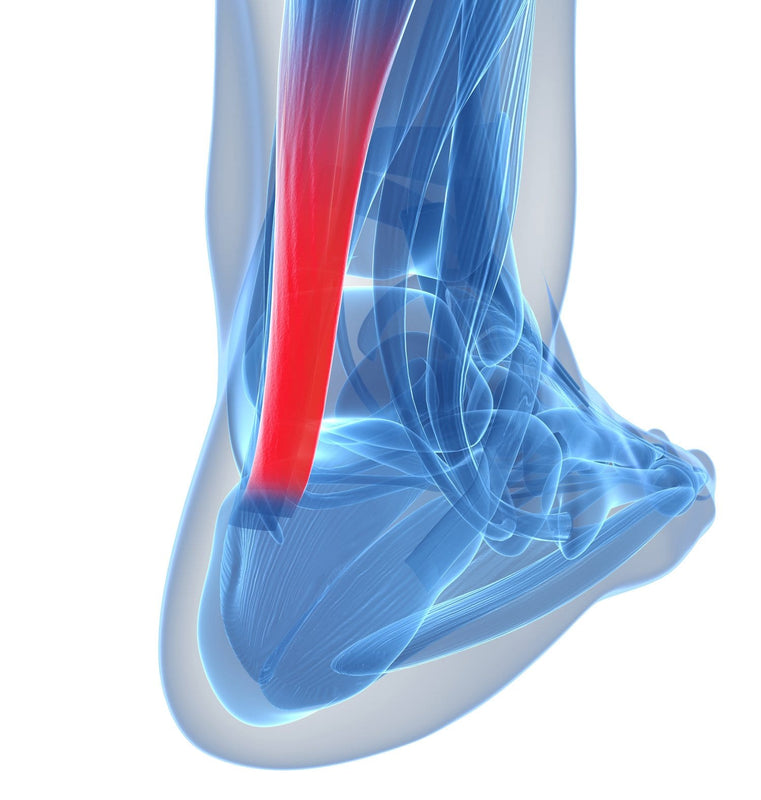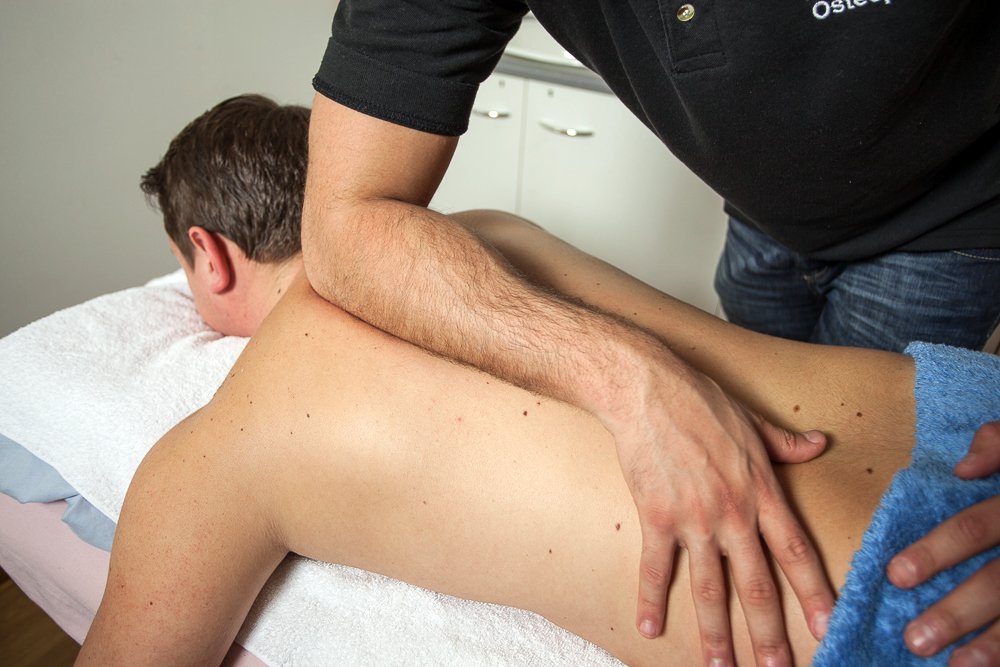Plantar Fasciitis
Plantar fasciitis is a condition that causes the bottom of your heel to be painful. Anatomically the plantar fascia is a thin ligament, which connects the muscles at the front of your foot to your heel. Its primary function is to provide support to the arches of your feet and allow movement in order for you to walk. For most marathon runners, plantar fasciitis is among one of the most common injuries sustained. This is because the plantar fascia and ligaments act as shock absorbers, supporting the arch of your feet. An increase in pressure on the foot can lead to small tears occurring around the ligament resulting in pain and inflammation. The pain can feel like a dull ache or a bruise near the arch or on the bottom of the heel.
Causes of plantar fasciitis
- People who are overweight are at higher risk of developing plantar fasciitis. This is explained by the fact that an increase in weight increases the pressure on the foot and plantar muscles, in particular, the plantar ligament.
- The increase in pressure causes the muscles of the foot to work harder resulting in inflammation. Interestingly, the problem is very common among pregnant women especially during the latter stages of pregnancy for the obvious reason that the added weight of the growing a baby exerts more pressure on these ligaments and tendons.
- Long distance runners have a higher likelihood of developing plantar fasciitis. People who live very active jobs are similarly at higher risk as they are constantly on their feet all day.
- People with poor foot biomechanics can lead to increased muscular loading on the foot and ankle joints and result in tight calf and Achilles muscles leading to plantar fasciitis. People with conditions such as high arches or flat feet have an increased likelihood of suffering from plantar fasciitis. Furthermore, wearing shoes that have soft soles can lead to this problem or aggravate an existing case of it. Contrary to what some believe this condition does not result from heel spurs.
Symptoms and diagnosis of plantar fasciitis
- Pain and stiffness situated in the heel or the muscles underneath the sole of the foot
- Pain is present commonly first thing in morning with patients complaining of a “burning” sensation or “walking on glass” description
- Pain is aggravated by pressure applied to the foot such as walking or with an increased demand on the foot such as running
- Tenderness is usually found around the calf andAchilles tendon

Diagnosis
Diagnosis can be performed through physical examination where foot tenderness is checked and the specific location of pain is confirmed. It is important to have your walking gait checked to rule out further foot pathologies.
Advice to help treat Plantar Fasciitis
It’s important to understand when treating plantar fasciitis that the primary aim initially is to reduce the inflammation around the plantar ligament. The most common treatment modalities used to help reduce plantar fasciitis are:
- Icing – particularly foot rolling using an iced bottle to help reduce inflammation around the plantar fascia and decrease muscular tone in the muscles of the foot.
- Adaptation of training load -Tryand reducethe amount ofexercise activities especially those, which are weight bearing. Activities such as swimming can be a great replacement as are non-weight-bearing and so reduce the load on the foot and ankle muscles.
- Stretching – Pain can also be relieved by doing some lower leg stretching exercises and wearing shoes with arch supports.
- Medication -Non-SteroidalAnti-Inflammatory medication such asIbuprofen can help reduce pain and inflammation. However, please confirm use with your GP before undertaking any medication.

Manual therapy such as Osteopathy, Physiotherapy can certainly help alleviate symptoms present in Plantar Fasciitis, with foot and ankle mobilisations and soft tissue stretching used to help reduce muscular tension and inflammation around the plantar ligament. Commonly ultrasound treatment is used in conjunction to help reduce localised pain and swelling around the foot and ankle as well as Kinesiology Taping to help provide support to the foot and ankle.


